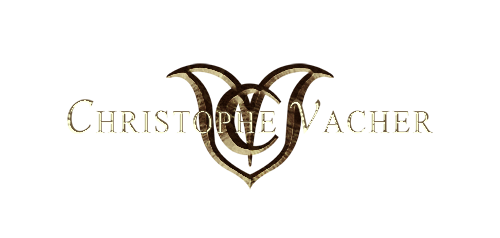China Journal Chapt 2
Email to friends. 07/08/2008
Hey, everyone.
So, the adventure continues in X'ian, the former capital of China and Chengdu, home of the Terra Cotta warriors and the Pandas, and where the earthquake just took place.
As usual, you can go directly to the pictures if you prefer, but this email will probably please amateurs of Indiana Jones-like stories.
First, we need to replace a few things in context:
X'ian, the eastern beginning point of the Silk road (ah, another great possible trip), used to be the capital of China. It was Genghis Khan who decided to move the capital to Beijing when he became Emperor, which would allow him to be close to the border of Mongolia (his country of origin).
Originally, X'ian was the home of Emperor Qin (pronounce Chin), the man who united China and connected all the different parts of the Great Wall in the 6th century BC. His Dinasty only lasted for 13 years. Qin did great things for his country, but wasn't very loved because of the amount of people who died working on his monumental projects. One of them was the original Forbidden City (where the Emperor lives) that was not in Beijing, but in X'ian. The original Forbidden City was 10 times bigger than the one in Beijing (that was built by Genghis Khan's son after his father moved the Chinese capital from X'ian to Beijing).
Another massive project was his own mausoleum, that he started to build when he was 13!
This mausoleum is the largest in the world (56 square kilometers) and we are barely starting to uncover what is burried. The Terra Cotta warriors is a very small percentage of it.
Originally, they are a sculpted replica of every single soldier of the Emperor's army. This was done so at the Emperor's death, he could keep the power of his army in the grave without having to kill and burry all his soldiers with him.
Right now, about 6000 of them have been dug out, but the total estimated at the site is 12000. Meanwhile, research still continues East, West and North of the center of the mausoleum to look for other possible warriors or artefacts and buildings.
The center of the mausoleum is a pyramid-like mound of earth covering the Emperor's tumb. It has been discovered not that long ago, and it is impossible to get close to it at the moment, because of the extreme importance of the site. I was only able to photograph the replica model of it (see the pics).
The tumb itself hasn't been open yet, because it is protected by deadly systems included in the original building: among other things, weapons are able to shoot arrows and sharp objects from within the old walls, and a river of mercury designed to replicate the rivers of China on a smaller scale has rendered the atmosphere in the tumb highly poisonous.
The International Community has expressed to China the request of opening the tumb soon. It is likely going to happen within the next 1 or 2 years.
After X'ian, we headed toward Chengdu, the Earthquake zone to see the Pandas and the largest cliff sculpted statue of Buddha in the world: 71 meters high (about 213 feet). Amazing.
The most touched parts of the earthquake zone are still closed, but we were able to see a lot of emergency blue tents, where people live while their homes are being rebuilt.
A lot of homes actually don't look that damaged, but their internal structure has been wrecked and are now too dangerous to live in.
The Pandas didn't suffer too much from the earthquake, but their area was just reopen to the public. By the way, did you know that Pandas are so important to China that killing one of them is punishable by death?
Anyway, here are the pictures:
We are heading to Beautiful Mount Emei to stay in the mountain monasteries, then heading to the Yang-Tse river and the great Three-Gorge dam.
Talk to you soon,
Christophe
